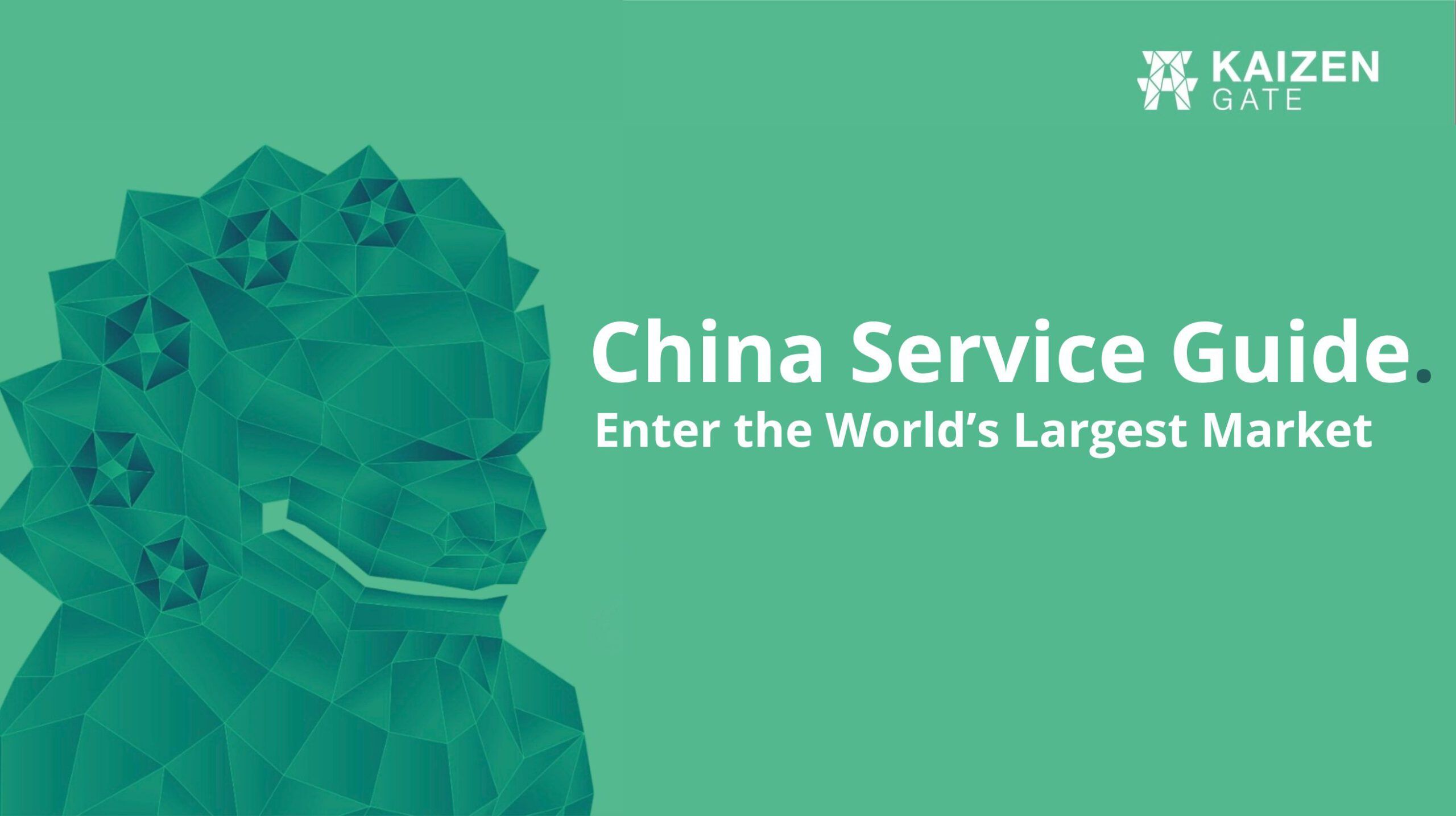The international trade landscape in early 2025 is dominated by the volatile US–China relationship. After years of frictions, both sides have unleashed unprecedented tariff measures, ushering in a “new era” in global economics. China and the U.S. still account for about 43% of world GDP and nearly half of global manufacturing output, so any shifts between them ripple through the global economy. In 2025, confrontation peaked with punitive tariffs up to 125–145%, though tentative moves toward negotiation hint at a possible thaw.
Trade Flows and Key Commodities
Despite tensions, trade volumes remain massive. In 2023, the U.S. imported roughly $427 billion in goods from China, dominated by consumer electronics such as smartphones ($41.7 billion) and laptops ($33.1 billion). Textiles, apparel, furniture, and machinery also remain key. The 2025 tariffs targeted many of these categories, pushing up costs—shoe prices, for example, could spike nearly 90% short-term.
U.S. exports to China in 2024 totaled about $195 billion, led by agricultural and energy products (soybeans, grains, crude oil, and LNG), pharmaceuticals, technology (semiconductors, aerospace components), and select consumer goods. Despite this strong relationship, the U.S. trade deficit with China in 2024 remained massive at around $295 billion.
The composition is clear: U.S. consumers rely heavily on affordable Chinese goods, while China values U.S. agricultural and tech inputs. Tariffs disrupt these flows unevenly. Consumer tariffs hurt American shoppers directly, while tariffs on components and machinery impact manufacturing and innovation capacity. Economists warn that such distortions ultimately weaken competition.
Tariff Policies and 2025 Trade Tensions
2025 was marked by a tit-for-tat escalation. In February, President Trump launched a “Fair and Reciprocal Plan,” pushing aggressive tariff hikes. By April, the U.S. imposed duties of 125% on most Chinese imports while allies saw only a 10% baseline. Strategic exemptions were granted to smartphones and laptops to prevent consumer price shocks.
Consequently, average U.S. import tariffs jumped to around 28% —the highest since 1901. China swiftly retaliated, matching U.S. duties at 125% on American goods, while selectively exempting critical items like certain pharmaceuticals and aerospace parts. In parallel, Beijing suspended exports of key rare-earth minerals crucial for U.S. tech industries.
Despite public posturing on both sides, signs of pragmatic negotiation emerged. China began quietly exempting some American products from high tariffs, suggesting space for compromise.
China’s Structural Advantage in the Trade War
Within this landscape, it can be understaded how China holds structural advantages. While the U.S. heavily relies on China’s manufacturing capabilities, which cannot be replicated elsewhere overnight, China’s exports to the U.S. represent only 12.6% of its global trade portfolio. It is far easier for China to pivot to alternative markets than for the U.S. to recreate another “world factory.”
Tim Cook, CEO of Apple, famously noted that replicating China’s sophisticated supply chain ecosystem elsewhere is “very difficult” if not impossible in the short term. From logistics to skilled labor and component integration, China’s manufacturing dominance remains unmatched. As the U.S. struggles with supply chain diversification, China adapts with relative agility, reinforcing its leverage.
Impact on the Global Economy: IMF and WTO Perspectives
Multilateral agencies have revised global forecasts sharply downward. In April 2025, the IMF projected world GDP growth at 2.8% — nearly a full point lower than earlier expectations—with global trade volume growth halving from 3.8% in 2024 to 1.7% in 2025.
The WTO is even more pessimistic, forecasting a 0.2% contraction in global merchandise trade this year. Director-General Ngozi Okonjo-Iweala warned that a full decoupling could slash global GDP by as much as 7% in the long run.
Tariffs are acting both as negative supply shocks (raising production costs) and negative demand shocks (reducing global consumption). Beyond direct economic effects, the “uncertainty shock” —marked by historic highs in policy and investment uncertainty—is slowing business expansion and innovation worldwide.
Supply Chain Shifts and Nearshoring
The trade conflict accelerates pre-existing trends. The “China+1” strategy has gained momentum: U.S. imports from Vietnam tripled from 2017 to 2024, while Mexico’s exports to the U.S. rose by two-thirds to $506 billion. By 2024, Mexico overtook China as the top U.S. supplier.
Yet, even as production relocates to Vietnam, Mexico, India, and others, China’s unique ecosystem remains irreplaceable in many industries. Supply chain diversification brings higher costs and logistical complexity, but cannot fully detach global manufacturing from Chinese hubs.
The U.S. is also targeting circumvention tactics, recently imposing a 46% tariff on Vietnam after accusing it of being a transshipment point for Chinese goods. Similar scrutiny is falling on Malaysia, India, and Mexico.
China’s Market: A Growth Opportunity Amid Turmoil
Despite decoupling narratives, China’s domestic market remains a crucial driver of global business. EU–China trade remains massive: in 2024, Europe exported €213 billion to China while importing €518 billion. European firms especially see opportunities in sectors like automotive, green technology, and luxury goods.
Business groups are lobbying for sustained access to the Chinese market, aware that even amid geopolitical friction, China’s vast middle class offers irreplaceable demand. Green energy, EVs, and high-end manufacturing are key growth areas.
Looking Ahead: Post-2025 Scenarios
Analysts foresee two broad outcomes:
- Moderated De-escalation: Ongoing negotiations could lead to gradual tariff rollback, stabilizing global trade (albeit at a slower growth rate than pre-2021).
- Persistent Tensions and Deep Decoupling: If tensions persist, a bifurcated global economy could emerge, potentially slashing world GDP by 7% according to the WTO.
Realistically, most expect an uneasy middle path. Structural changes like onshoring of critical industries and regionalization of supply chains will endure, but China’s role as a central global hub will persist.
For global businesses, the key takeaway is clear: U.S.–China relations remain the pivot of global trade dynamics. Even amid high tariffs and uncertainty, companies must balance risk mitigation with the undeniable pull of China’s market and manufacturing power. The “trade chess” of 2025 may set the board for the next decade.

Gate Kaizen is the trusted partner of large and mid-cap companies as a provider of market entry services and HR Solutions in the Chinese market. We help your business save the outsantding costs of setting up your local entity by leveraging our own structure and the shortcuts of the digital era to minimize the financial risks of expanding overseas. This way, you can focus your attention on what really matters: your business.

